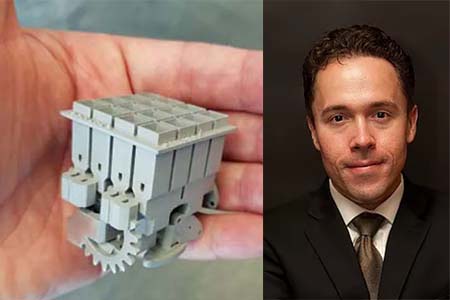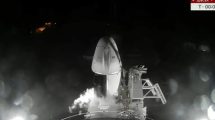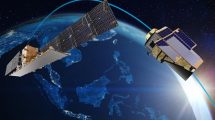
Michael Hollenbeck, Chief Technology Officer of Optisys, Inc. will speak at Satellite 2019 about Metal 3D printing and how it can help build the smallest and lightest functional antennas in the industry. The presentation will cover how Metal 3D printing will usher in an era of mass customisation, where the constrained volume remaining in a satellite can be filled with a unique high-performance antenna that conforms to the space around it and provides a lower loss, higher performance solution than any competing alternative.
Metal 3D Printing (Metal Additive Manufacturing) is a disruptive technology that promises to significantly reduce the size and weight of critical satellite components to bring increased capability at a faster pace to the burgeoning satellite industry and allow for capabilities on small satellites that are not possible using traditional fabrication and design methods. This fabrication method allows for high performance all-metal antennas and RF assemblies, a critical part of any satellite, to be reduced to their minimum size and weight. Metal waveguide RF structures have the lowest loss and are the ideal choice for a high-performance satellite antenna. Metal 3D printing allows for highly complex parts to be interwoven in a single solid structure and printed repeatedly with overall reduced size, weight, and cost.
Michael Hollenbeck has over a decade of experience designing antenna and RF components for high performance antenna systems. At Optisys, he designs cutting edge antennas and RF components using metal additive manufacturing and provides technical direction for the company. Hollenbeck has led numerous projects, including design and simulation of complex RF components such as waveguide, antennas, arrays, and filters to critical success. He has worked on iterative designs to produce RF products in the 1-100 GHz (3-300 mm) ranges.
Optisys’ focus is on the design, manufacturing, and testing of antennas and antenna systems for satellite, UAV, commercial aircraft, tactical, and consumer telecommunication applications. Optisys will be exhibiting at Satellite 2019.
Booth 1825












Add Comment